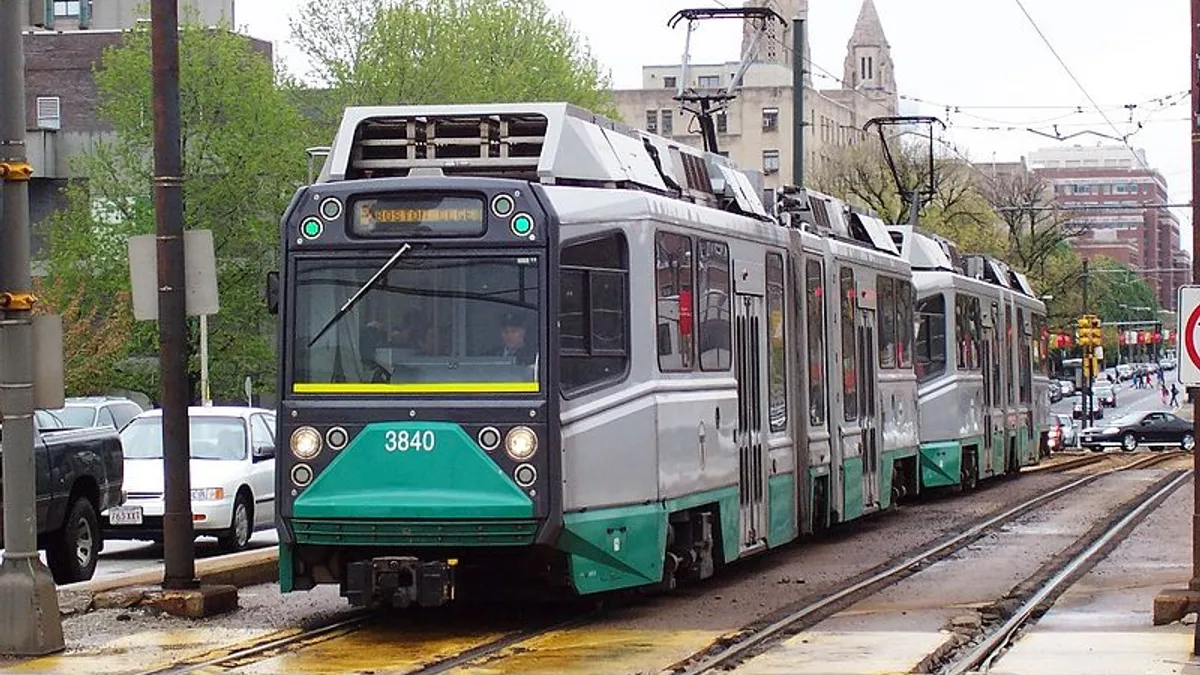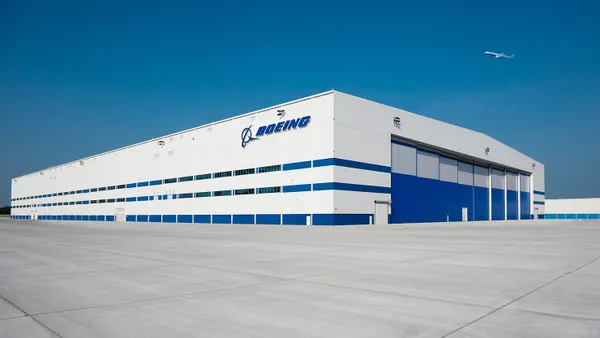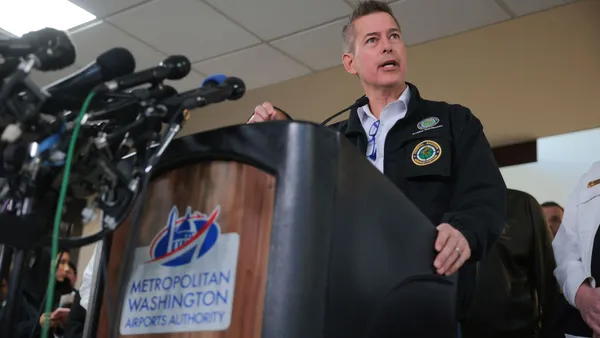Dive Brief:
- Federal, state and local officials presided over the fourth groundbreaking for the Massachusetts Bay Transportation Authority's $2.2 billion, 4.7-mile Green Line light-rail extension on Monday, The Boston Globe reported, with all indications that this will be the one that leads to the start of actual construction.
- At the end of 2015, transportation officials were facing a budget overrun of at least $1 billion and a contract agreement that the authority claimed allowed contractors to pump up costs. So, the MBTA fired all lead contractors, redesigned system elements like stations to reduce the total project cost, navigated another bid solicitation process and ended up awarding Fluor-led GLX Constructors a $1 billion contract, which came in under the authority's $1.3 billion budget. The cost-cutting measures won the approval of the Federal Transit Administration, which recommitted to a $1 billion grant for the project, but GLX is working to add some of the design elements back in and still maintain the budget.
- The extension will include seven new stations and a new vehicle storage and maintenance facility. The project, which should see construction start soon, is expected to ease congestion by taking vehicles off the road, reduce maintenance costs and service impact and better support the city's plans for urban redevelopment and increased sustainability within its and the authority's systems of infrastructure.
Dive Insight:
Light rail projects such as the Green Line extension are intended to reduce congestion and make cities more livable, as well as provide commuters with better access to jobs and services that are sometimes out of reach if they don't have a vehicle at their disposal.
Other light-rail projects, however, in cities like Phoenix, Las Vegas and San Diego want to provide something extra — the economic boon from developments that spring up along the light rail's route.
Also called transit-oriented developments, the proximity of a light rail station brings residents, shoppers, corporate headquarters or a mixed-use project — whatever developers think would be viable for the neighborhood that surrounds the station.
In Phoenix, officials chose to forego development altogether, either as a response to locals who opposed large-scale development or to preserve historic elements. Still, the stations where developers were able to add housing, retail, hotels and other features have netted the city close to $10 billion in new economic activity.
Las Vegas developers are hoping to see similar results with a proposed 8.7-mile, $750 million light-rail line that would connect McCarran International Airport to downtown and potentially lead to $3 billion of new development. The Regional Transportation Commission of Southern Nevada is expected to vote on the plan in September. Approval would pave the way for officials to start the federal New Starts grant process and get a measure on the November 2020 ballot asking taxpayers to OK a sales tax measure that would help fund it.













